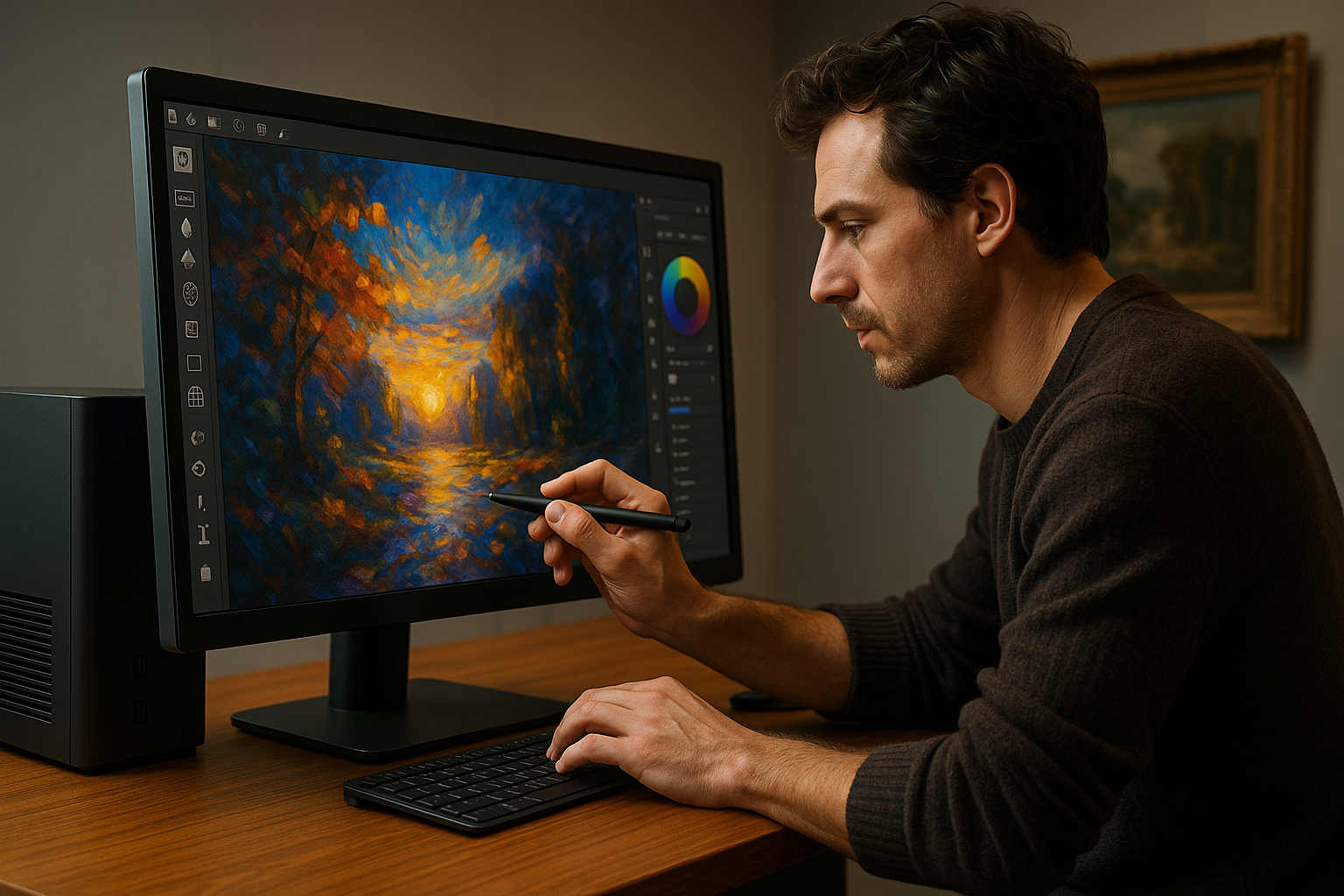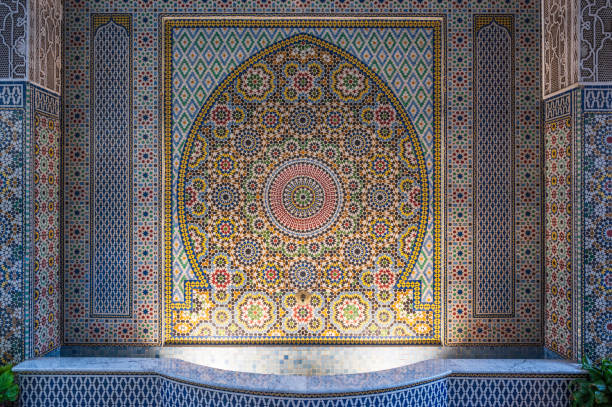Digital Artistry: Bridging the Gap Between Technology and Creativity
In the vast landscape of the arts and entertainment industry, a new phenomenon is emerging, blurring the lines between technology and creativity. This is the world of digital artistry, a realm where artistic expression is shaped by the advances of technology, offering a fresh perspective on the way we perceive and interact with art.

The Genesis of Digital Artistry
Originating in the 1960s, digital artistry has its roots in the pioneering work of artists like Michael Noll and Frieder Nake who utilized computers to create their artwork. These early explorations marked the inception of a new artistic movement that would eventually evolve into the diverse and dynamic field of digital artistry we see today. Over the years, this form of art has branched out into various sub-genres, including digital painting, 3D modeling, and digital photography, each harnessing the power of technology to breathe life into artistic visions.
The Digital Shift: Current Developments
In recent years, digital artistry has undergone a significant transformation, catalyzed by the advent of sophisticated software and hardware. Cutting-edge tools like Adobe’s Creative Suite, Procreate, and Blender have revolutionized the process of creation, providing artists with a range of options to translate their ideas into digital masterpieces. Moreover, the emergence of blockchain technology has led to the rise of Non-Fungible Tokens (NFTs), offering a new platform for digital artists to showcase and sell their work.
The Impact of Digital Artistry: A Paradigm Shift
The rise of digital artistry has had a profound impact on the art world, challenging traditional notions of artistic creation and ownership. The accessibility and versatility of digital tools have democratized art, enabling anyone with a computer and an idea to become an artist. Furthermore, the advent of NFTs has disrupted the traditional art market, empowering digital artists by providing them with a platform to monetize their creations.
The Reception: Embracing the Digital Artistry Movement
The reception of digital artistry has been mixed. While some traditionalists criticize it for lacking the ‘human touch,’ many have embraced it for its innovative approach to artistic expression. High-profile sales of digital artwork, like Beeple’s ‘Everydays: The First 5000 Days’ which sold for $69 million at Christie’s, signify a growing recognition and appreciation of this form of art.
The Future: Digital Artistry in the Digital Age
As we venture further into the digital age, the possibilities for digital artistry seem limitless. With the continuous evolution of technology, artists will have access to increasingly sophisticated tools that will allow them to push the boundaries of creativity. Digital artistry represents a new frontier in artistic expression, a realm where creativity is not confined by physical limitations but is instead liberated by the infinite possibilities of the digital canvas.
In conclusion, digital artistry is not just a trend but an artistic movement that is redefining the landscape of the arts and entertainment industry. It represents a convergence of technology and creativity, offering a fresh perspective on the way we perceive and interact with art. As we move further into the digital age, it is clear that digital artistry will continue to shape the future of artistic expression.




